Growing your herbs indoors can be a rewarding and convenient way to have fresh, flavorful ingredients for your culinary adventures. Indoor herb gardens bring a touch of greenery and freshness to your living space and allow you to enjoy the benefits of gardening all year round.
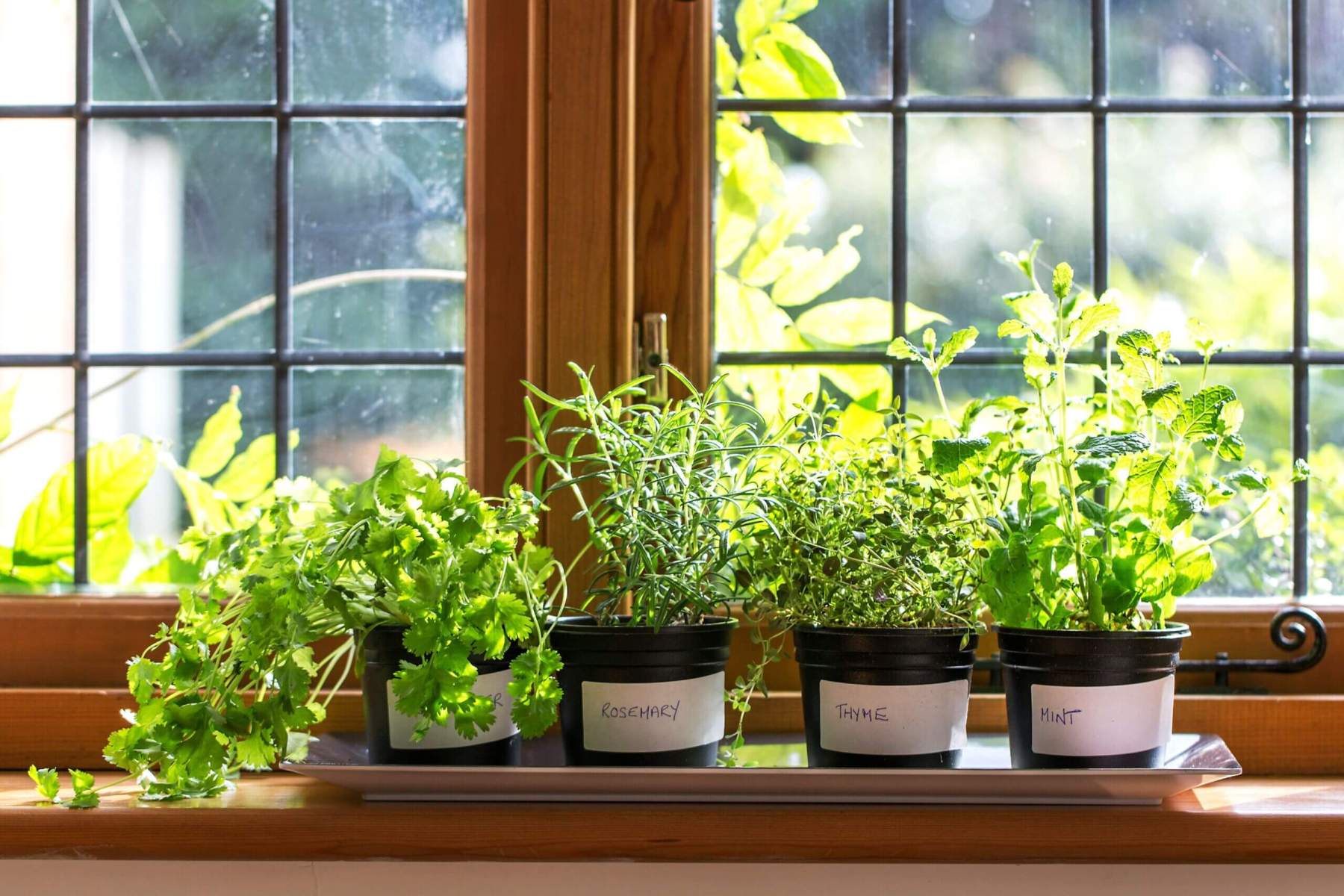
The prospect of starting an indoor herb garden can seem daunting for beginners. Fortunately, several easy-to-grow herbs thrive in most indoor settings, making them the perfect starting point for your new hobby. With some basic knowledge and attention to proper growing conditions, your indoor herb oasis can be up and running quickly.
Key Takeaways
- Select herbs well-suited for indoor growth, such as basil, chives, and mint.
- Ensure ideal growing conditions by providing ample light, the correct temperatures, and humidity.
- Regular care, including watering and pruning, will help maintain the health of your indoor garden.
Choosing the Right Herbs for Indoor Growing
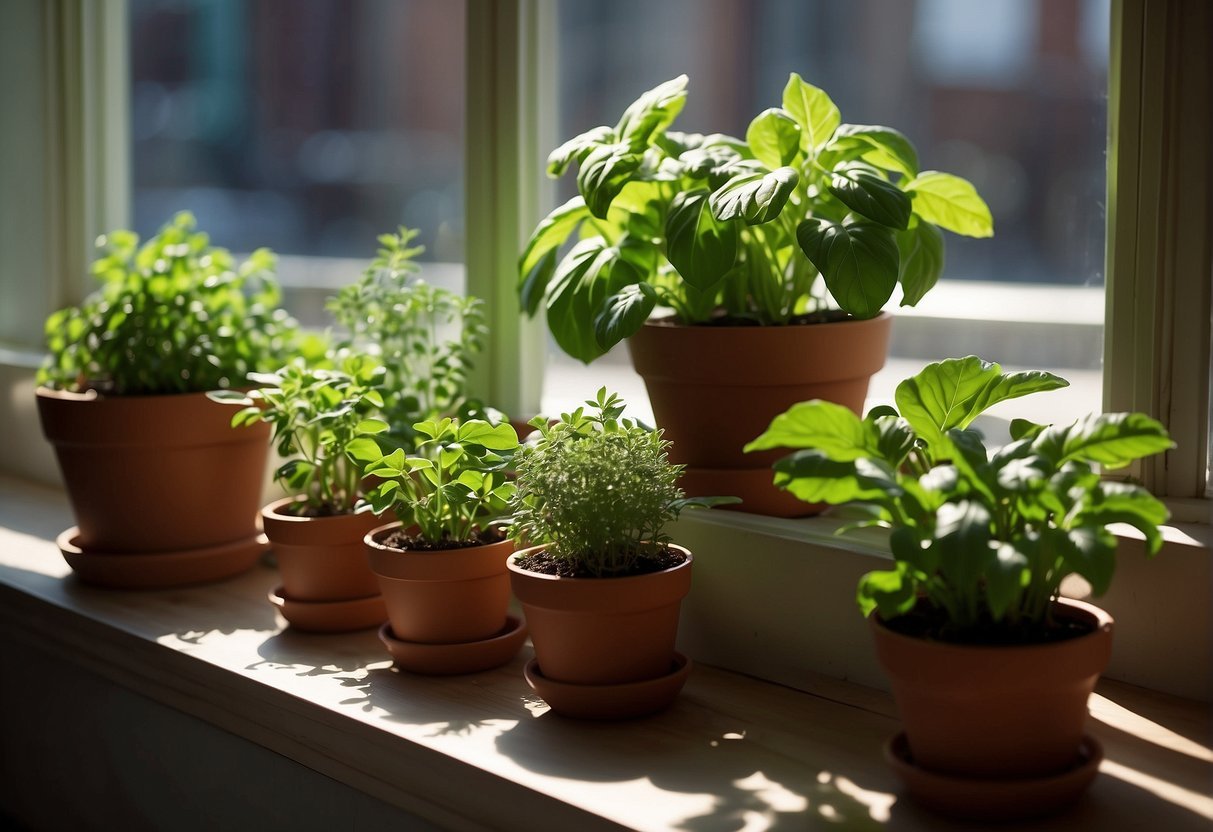
Factors Determining Herb Selection
When choosing herbs to grow indoors, it’s essential to consider their specific needs and requirements for optimal growth. The following factors are crucial in your selection process:
- Light requirements: Ensure enough sunlight or supplemental lighting to meet the herbs’ needs.
- Space: Size up the space on your windowsills or counters to grow the plants.
- Humidity: Some herbs thrive in humid environments, while others may need more ventilation.
- Ease of care: Opt for beginner-friendly and low-maintenance herbs if you’re new to indoor gardening.
Most Suitable Herbs for Indoors
Here is a list of the most suitable herbs to grow indoors due to their ease of care and adaptability to indoor conditions:
- Basil: This popular herb thrives in well-drained soil and needs at least 6 hours of sunlight daily. Basil is perfect for a sunny windowsill.
- Cilantro: A fast-growing herb, cilantro prefers moist soil and partial shade. It will grow well near a windowsill with indirect light.
- Rosemary: This aromatic plant likes well-drained soil, bright light, and moderate humidity. Rosemary can tolerate partial shade but thrives in a sunny location.
- Parsley: This versatile herb grows well in bright, indirect light and evenly moist soil. Parsley makes an excellent companion to other indoor herbs.
- Chives: Chives require about 4-6 hours of sunlight, and they are simple to grow indoors. Keep the soil consistently moist but not soggy.
- Mint: This vigorous grower enjoys partial shade, making it ideal for indoor gardeners with limited light. Keep mint in its container, as it can spread rapidly.
- Thyme requires bright light for at least 6 hours daily and well-draining soil. Its small size makes it perfect for indoor windowsill gardens.
- Oregano: This Mediterranean herb requires at least 6 hours of sunlight daily and well-drained soil. It is low-maintenance and can be grown quickly from cuttings.
- Sage: It needs 6-8 hours of sunlight, prefers well-draining soil, and thrives in moderate humidity. It’s an excellent addition to an indoor herb collection.
Selecting the right herbs for indoor growing can offer you a fresh supply of homegrown flavors year-round. By considering the above factors and choosing suitable herbs, you’ll be well on your way to creating a thriving indoor herb garden.
Optimizing Growing Conditions Indoors
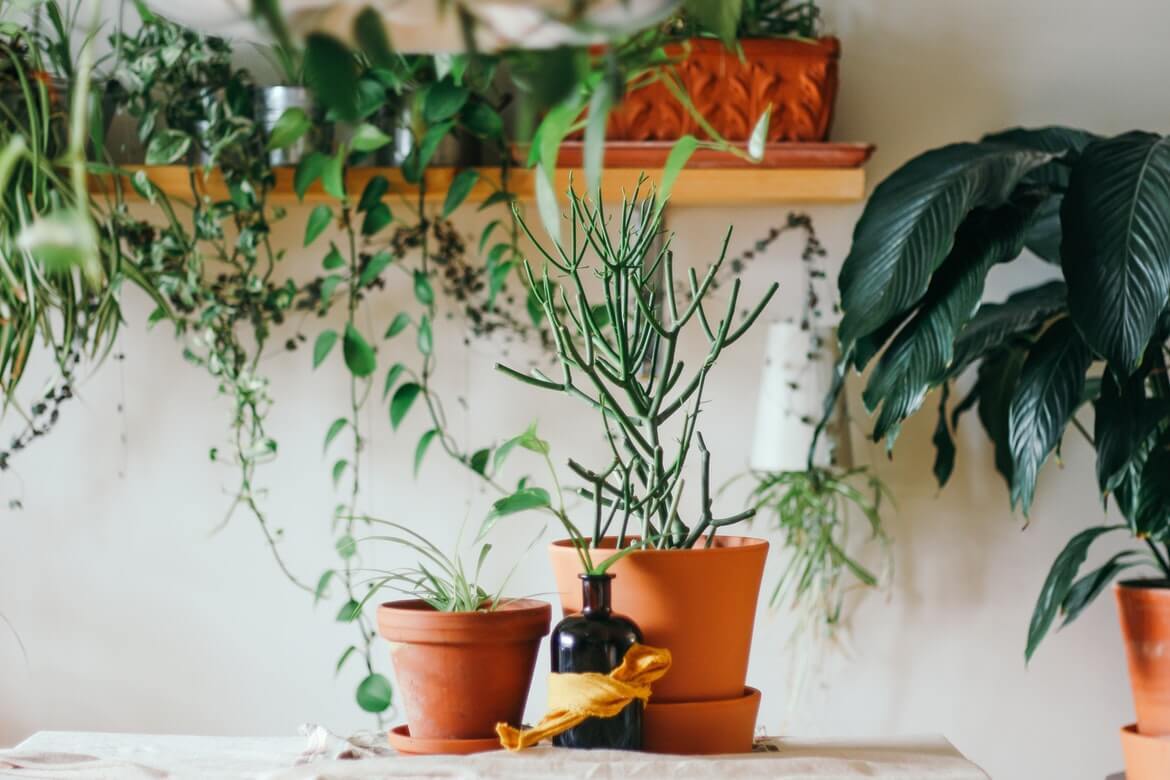
Light and Placement
To ensure your herbs thrive indoors, you must provide them with adequate sunlight. Most herbs require a minimum of six hours of sunlight per day. Place your pots near a sunny window, preferably a south-facing window. If natural light is insufficient, supplement it with grow lights.
Remember to rotate the pots every few weeks to ensure even growth on all sides of the plants. Avoid placing your herbs too close to a window, which can cause temperature fluctuations and drafts. Instead, choose a location with consistent indirect sunlight.
Soil and Watering
Choosing the right potting mix is crucial for the success of your indoor herb garden. Opt for a well-drained soil mix that balances nutrients necessary for herbs. Drainage is essential, so ensure your pots have drainage holes to prevent excess water retention, which can lead to root rot.
When it comes to watering, follow these guidelines:
- Water your herbs thoroughly, allowing the water to drain out of the bottom of the pot.
- Allow the top inch of soil to dry out between waterings, as overwatering can harm the roots.
- Herbs like basil and parsley prefer evenly moist soil, while rosemary and thyme prefer slightly drier conditions.
Temperature and Humidity
Indoor herbs prefer a stable environment with consistent temperature and humidity. Most herbs thrive within a temperature range of 65-75°F (18-24°C). Avoid placing your plants near heating or cooling vents, as this can cause fluctuations in temperature.
To maintain optimal humidity, consider placing a tray filled with water and pebbles beneath the pots. The water will evaporate, increasing the moisture in the air surrounding the herbs. Regularly misting your plants can also help maintain proper humidity levels. Some herbs, such as mint and basil, enjoy higher humidity, while others, like rosemary and lavender, prefer a drier environment.
By following these guidelines for optimizing light, soil, and temperature conditions, your indoor herb garden will be well on its way to success.
Maintaining Your Indoor Herb Garden
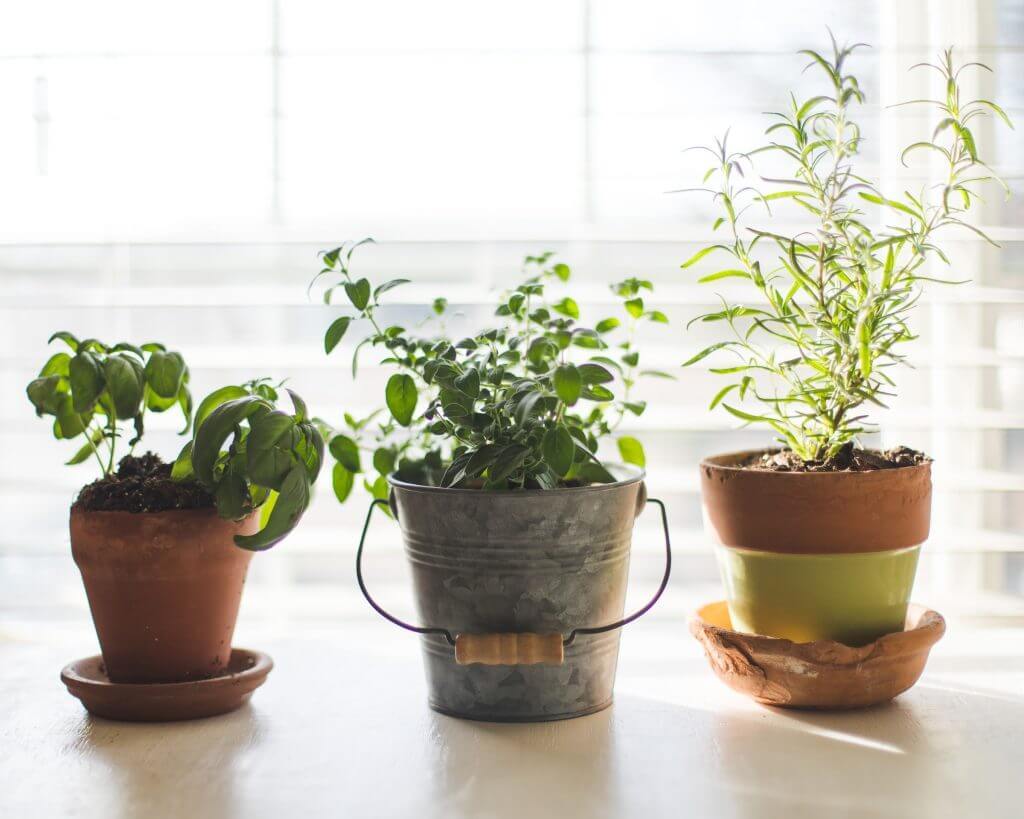
Pruning and Harvesting
Pruning and harvesting your indoor herbs regularly helps maintain their growth and encourages healthier and bushier plants. To prune your herbs, pinch off the tips of branches, leaving at least one or two sets of leaves. This will encourage branching and new growth. You can prune perennial herbs like rosemary and thyme a little more heavily. For biennial plants like parsley, be more conservative with your cuts.
When harvesting, remember that less is more. Never remove more than 1/3 of a plant’s foliage at a time. This will allow your herbs to recover and continue growing. Your Mediterranean herbs, such as basil and oregano, will benefit from more frequent harvesting, whereas your perennial herbs and evergreen shrubs, like rosemary and sage, can be harvested less often.
Some herbs, like basil, can be harvested to garnish dishes or to use in recipes. Remove the leaves from the stem to harvest basil and other leafy herbs, not damaging the rest of the plant.
Preventing and Managing Pests and Diseases
Indoor herb gardens can occasionally be susceptible to pests and diseases, but you can prevent or manage these issues with proper care. Some common ailments you might encounter include fungal diseases and mildew. To keep your herb garden healthy and pest-free, follow these simple guidelines:
- Ensure proper air circulation: Avoid overcrowding your herbs and give them enough space to breathe, reducing the chance of diseases.
- Monitor humidity: Most indoor herbs thrive in moderate humidity, so it’s important to monitor your home’s moisture levels.
- Inspect plants regularly: Checking your plants frequently allows you to spot any potential problems before they escalate.
- Use natural remedies: When dealing with pests, opt for natural or organic solutions that are safe for your plants and your family.
Remember, maintaining a healthy indoor herb garden requires regular care and attention. By following these tips on pruning, harvesting, and managing pests and diseases, you can ensure your home’s thriving, fragrant, and productive herbaceous sanctuary.
Innovative Herb Garden Setups
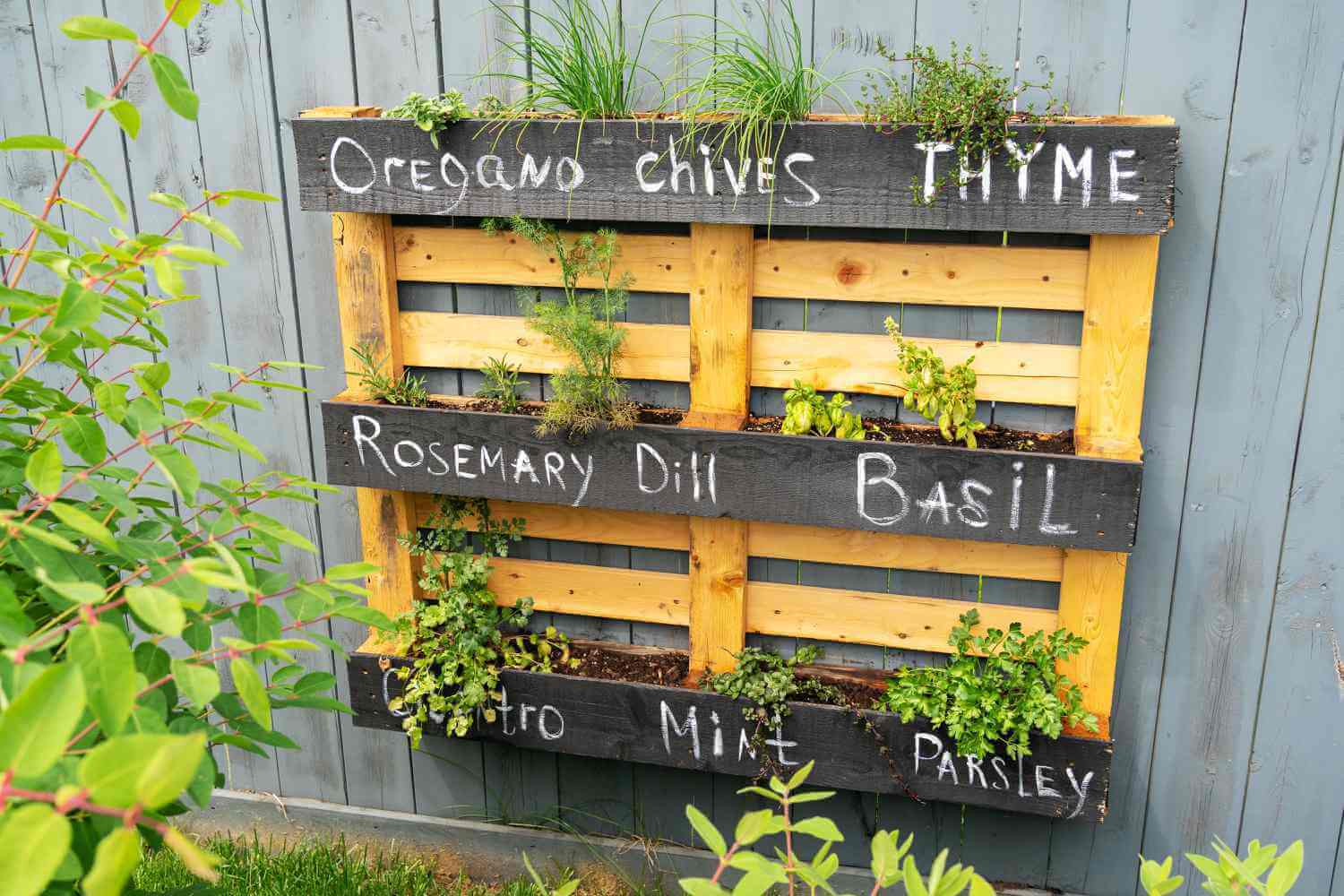
Growing herbs indoors can be incredibly rewarding, as it adds fresh flavors to your cooking and a pleasant aroma to your living space. In this section, we’ll explore some innovative setups for your indoor herb garden, including using grow lights and containers, hydroponics, and vertical gardens.
Using Grow Lights and Containers
Grow lights are an excellent solution for indoor herbs, especially when natural light is limited or low-light conditions prevail. These artificial light sources can provide the light spectrum plants need for photosynthesis. To create an optimal setup for your herbs, follow these steps:
- Select appropriate containers: Choose pots or containers with drainage holes to prevent soggy roots. Additionally, ensure the containers are large enough to accommodate the herbs’ growth.
- Use quality potting mix: A well-draining potting mix is essential for container gardening. To enhance it, add a slow-release fertilizer according to the package directions.
- Install grow lights: Position the grow lights above the containers at an appropriate distance, typically 6-12 inches, depending on the type of light and the herbs you are growing. This will ensure consistent light exposure for the plants.
- Monitor and adjust: Keep an eye on your indoor herbs and adjust the duration of light exposure as needed. Typically, herbs require at least 6-8 hours of light per day, but some may need more.
Hydroponics and Vertical Gardens
Hydroponics is an innovative soil-less gardening method that delivers nutrients directly to the plant’s roots via a nutrient-rich solution. It’s ideal for indoor herb gardening since it requires less space, uses less water, and promotes faster growth. Follow these steps to create a hydroponic herb garden:
- Choose a hydroponic system: Several options are available, from basic setups like the Nutrient Film Technique (NFT) to more advanced systems like aeroponics. When selecting your system, consider factors like space, cost, and maintenance.
- Select and plant herbs: Choose herbs that thrive in hydroponic conditions, such as basil, chives, and mint. Follow the particular planting instructions for your chosen hydroponic system.
- Add nutrient solution: Add hydroponic fertilizer to the water as your system requires, and regularly monitor the pH and nutrient levels.
- Provide adequate lighting: Like any indoor garden, your hydroponic herbs need proper lighting. If natural light is insufficient, incorporate grow lights into your setup.
Vertical gardens are another innovative option for growing herbs indoors, and they can be combined with hydroponics or container gardening. In a vertical garden, plants are stacked on shelves or walls, maximizing the use of your vertical space. Here’s how to create a vertical herb garden:
- Select a vertical garden system: Consider factors like aesthetics and maintenance when choosing from hanging pocket gardens, stacked pots, or wall-mounted planters.
- Plant your herbs: Select similar light and water requirements and arrange them according to their growth habits, with taller varieties higher up.
- Use proper lighting: As with any indoor garden, ensure that your vertical garden receives adequate light from a nearby window or grow lights.
By utilizing these innovative setups, you can optimize growing conditions for your indoor herbs and enjoy bountiful harvests in the comfort of your home.
Bringing Herbs to Your Table
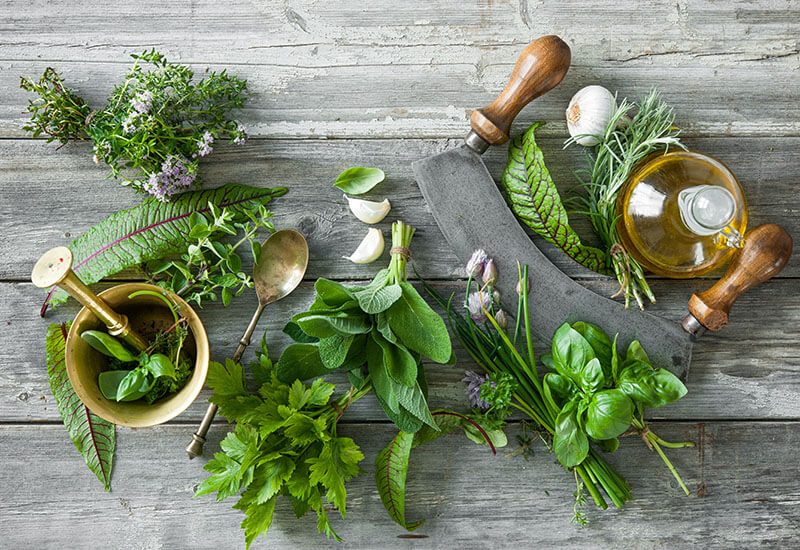
Growing herbs indoors on your windowsill adds a touch of green to your kitchen and provides you with a constant supply of fresh herbs to elevate your everyday cooking. In this section, we’ll explore how to incorporate herbs into your meals and how to preserve them for long-term use.
Incorporating Herbs into Everyday Cooking
Culinary herbs are incredibly versatile and can be used in various dishes. Here are some ways to bring these flavorful plants into your kitchen:
- Soups: Fresh herbs like basil, parsley, and cilantro can add a refreshing flavor to your favorite soup recipes.
- Salads: Mix a simple salad by tossing in a handful of fresh herbs. Mint, dill, and chives work particularly well in leafy green salads.
- Pesto: Combine basil, pine nuts, Parmesan, and olive oil in a food processor for a delicious homemade pesto sauce, perfect for pasta or spreading on pizza.
- Pizza: Sprinkle some fresh oregano or thyme over a homemade pizza for an instant gourmet touch.
- Teas: Steep fresh herbs like lavender, chamomile, or lemon balm in hot water to create soothing herbal teas.
- Desserts: Sweet herbs like lavender or mint can add a unique twist to your favorite dessert recipes.
- Beverages and cocktails: Fresh herbs make delicious and refreshing additions to beverages, both alcoholic and non-alcoholic. Try muddling herbs like mint, basil, or rosemary in your favorite cocktail.
Remember that while French cooking often relies on specific herb combinations, don’t be afraid to experiment and discover your personal favorites.
Preserving Herbs for Long-Term Use
While readily available fresh herbs are a treat, their shelf life can be limited. Here are a few ways to preserve your herbs for extended use:
- Drying: Bundle your herbs and hang them upside down in a cool, dark, and well-ventilated space. Once dry, strip the leaves from the stems and store them in airtight containers.
- Freezing: To maintain their flavor and color, freeze your fresh herbs in ice cube trays with water or olive oil. You can then pop a cube into your dishes whenever you need a hint of freshness.
- Pickling: Preserve your herbs in vinegar to create flavor-packed pickles for salads, sandwiches, or condiments.
- Infusing oils or butter: Add herbs to olive oil or melted butter and let stand for a few hours, allowing the flavors to infuse. This can be used for cooking, drizzling over dishes, or even as a flavorful spread.
By embracing these methods, you can enjoy the fruits of your indoor herb garden throughout the year.
Frequently Asked Questions
Which herbs thrive indoors during the winter months?
Some herbs that thrive indoors during winter months include rosemary, mint, thyme, and oregano. Ensure you provide these herbs with sufficient light, adequate ventilation, and appropriately regulated temperatures to promote healthy growth.
What are the top herbs that require minimal light to grow indoors?
Some herbs that tolerate lower light levels include parsley, chives, cilantro, and mint. However, although these herbs can survive in lower light conditions, they require some natural light daily for optimal growth.
Which medicinal herbs are particularly suited for indoor cultivation?
Various medicinal herbs such as echinacea, lemon balm, chamomile, and peppermint can be easily cultivated indoors. Proper care, including adequate lighting, watering, and humidity, will enhance their growth and potency.
How do I successfully grow herbs from seeds indoors?
To grow herbs from seeds indoors, follow these steps:
- Fill small pots or seed trays with moist, well-draining soil or seed-starting mix.
- Sow the herb seeds according to package instructions, typically 1/4-inch deep.
- Cover the container with plastic wrap or a propagator lid to retain moisture.
- Place your containers in a warm spot (about 65°F to 75°F) with indirect light.
- Keep the soil moist but not soggy by misting it as needed.
- Remove the plastic wrap once seedlings appear, and continue to provide adequate light and water.
What are some aromatic herbs especially well-suited for indoor growing?
Basil, mint, rosemary, and lavender are aromatic herbs well-suited for indoor growing. Place these herbs near a sunny window, keeping the soil moist and the air well-circulated.
Can you list herbs that are suitable for growing in indoor pots year-round?
Many herbs, such as basil, chives, cilantro, mint, oregano, parsley, rosemary, sage, and thyme, can grow successfully in indoor pots year-round. To ensure their ongoing health and productivity, regularly monitor the plants’ light, water, and temperature needs.